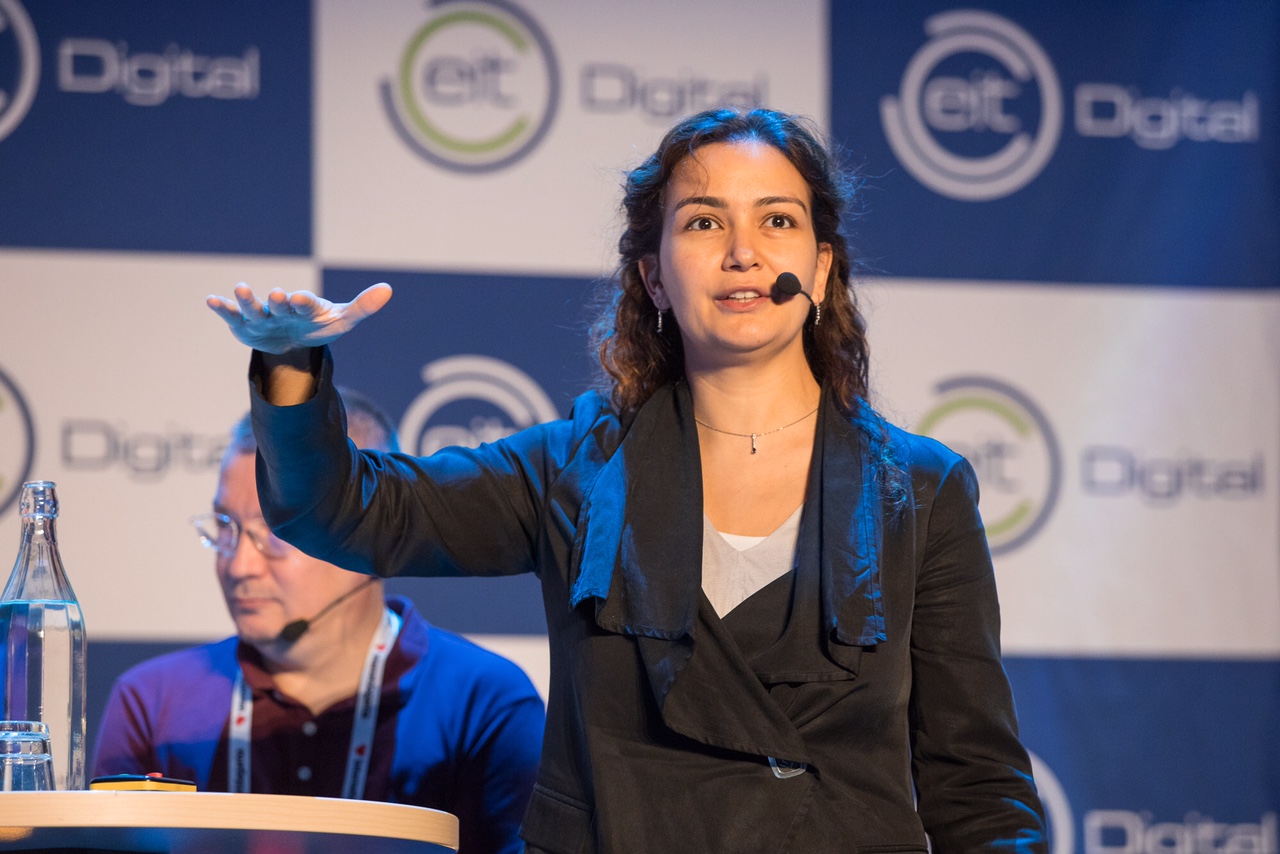High speed broadband to air passengers
New project from EIT Digital

A new project from EIT Digital has been launched. The project aims to provide seamless gate-to-gate connectivity for aircraft through a high capacity Direct Air-to-Ground Communications (DA2GC) system integrated with ground cellular networks. This will provide high speed broadband simultaneously to all passengers in aircraft flying in Europe and potentially beyond.
Researchers from Ericsson (Sweden and Germany), Airbus Group Innovations (Germany), KTH Royal Institute of Technology (Sweden), and Create-Net (Italy) have joined forces in the EIT Digital project ICARO-EU (Seamless Direct Air to Ground Communications in Europe).
Today, airline passengers do not have the possibility to use their mobile devices for mobile broadband connections when they are on board the aircraft. Several airlines provide Wi-Fi access after take-off. However, this technology provides low performance if the number of users per access point is high, and it requires some end-user device configuration, and is not seamlessly connected with ground networks. Furthermore, the backhaul capacity, which is mainly provided via satellite links today, is currently not high enough to provide broadband speeds simultaneously to hundreds of passengers. Existing DA2GC backhaul deployments in USA are also capacity-limited due to small carrier bandwidths.
A huge customer market
The coordinator of the project, Çiçek Çavdar, KTH, announced that ”aircraft manufacturers, mobile network vendors and researchers need to join efforts to be able to develop new network architectures, new communication systems, and new business models to provide gate-to-gate seamless broadband services for a huge customer market with 160 airlines and 4500 aircrafts (as of 2014) in Europe.” In 2017, 11.5 million flight movements are expected, a 21% increase compared to 2010, around 70% of which is within the continent consisting of the main part of airline business in Europe.
Mikael Prytz, who is driving research on radio network architectures and new deployments at Ericsson, stated that ”by integrating gate-to-gate seamless 4G/5G broadband technologies and associated services for consumers together with DA2GC backhaul systems built on cellular standards, the project will offer excellent market opportunities for mobile network operators and airlines to offer seamless communication and data services to their customers, and will permit passengers to experience seamless 4G/5G experience in-air.”
An air-to-ground system for aircraft
Dominic Schupke, who is driving innovations through Wireless Communications at Airbus, announced that ”the system proposed through this activity will enable European mobile network operators to extend their coverage into the airplanes, enabling for the first time seamless connectivity from gate to gate.” Sergio Bovelli, who was involved in the project’s first phase for Airbus Group Innovations, adds: “This will allow the full exploitation of DA2GC technologies and integrate the aircraft infrastructure into the ground infrastructure including seamless handover, roaming and billing services.”
The project solutions are demonstrated through a proof-of-concept infrastructure setup at Airbus in Munich. Network equipment from Ericsson, including ground macro base station radio equipment products, a connectivity and virtualization “flight rack”, and 5G virtualized core network functionalities are delivered and operated from Ericsson’s ICT Development Center Eurolab near Aachen (which is also engaged in Ericsson’s 5G for Germany program, the 5G Connected Mobility infrastructure program and other similar 5G programs). Critical components for seamless mobility between ground networks and small-cell shared networks inside aircraft have already been demonstrated in December 2016. Solutions that also integrate an air-to-ground system for aircraft are planned to be demonstrated in 2017.

